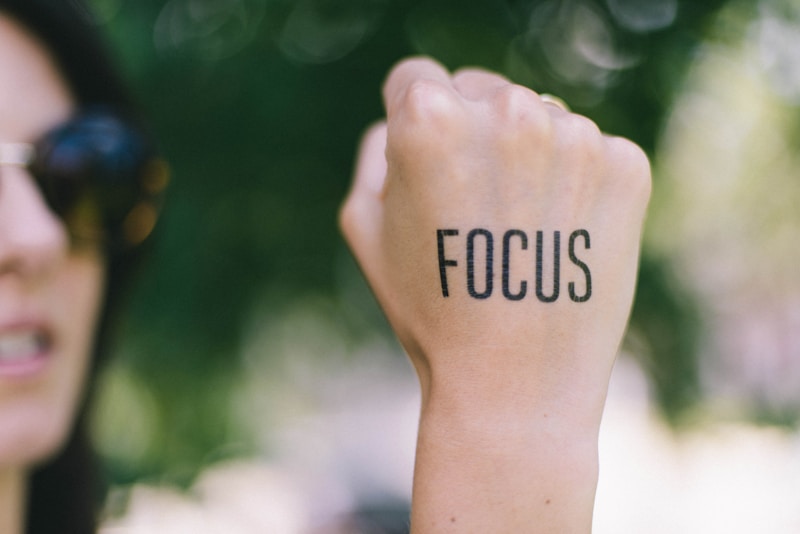So we’ve been going through the Eight Limbs of Yoga for the past few weeks. We started with the grossest, or most physical of the limbs, yama and niyama, moved on to asana, pranayama and pratyahara. We’ve also explained why we practice these limbs: to tame that ever-mischievous monkey mind.
Now we start getting to the more subtle aspects, where we encounter the mind directly. It would be assumed by this stage that some calm and control has been fostered by practising the first five limbs, so that we are prepared for dharana, the sixth. According to the Yoga Sutras of Patañjali,
Dharana is the binding of the mind to one place, object or idea.
In other words, dharana is concentration, a step on the road to meditation.
The Dharana Dartboard
I heard a wonderful analogy, which helps to put dharana into context. Let’s say you’re learning to play darts. If you’re anything like me, in the beginning you’d just be happy if your dart hit the board. If you ever miss and hit the wall instead, there’s always a resounding ‘Oooooh’ sound your friends make as they inconspicuously move out of range of your wayward darts. Yup, that’s often me.
In this part of the training process, you’re only setting your sights on hitting the board. As you continue to practice you start to hit the board more regularly and consistently, and you expect to improve steadily from there, until you eventually you’re hitting the bull’s eye.
What does this have to do with dharana? This is the part of our practice where we start to concentrate on something. Remember at this point, we may have the practice of pratyahara in our back-pocket, in which we’ve brought our senses under control, and this next step very much relies on that control being in place.
Dharana sets the stage for the final two limbs: Dhyana (meditation), which in turn sets the stage for samadhi (liberation) – the bull’s eye in this analogy. The differences between these are very subtle, so it can be difficult to differentiate between them. It doesn’t help that the English language doesn’t really contain words which can fully express the meaning of these Sanskrit words. For now, concentration and meditation are close enough approximations to start using them in our lives.
How Can I Practise Dharana
I’m so glad you asked! Here are a few simple ways to bring dharana into your practice:
Taking a steady and comfortable seat (asana), controlling the breath (pranayama) and restraining the senses (pratyahara), focus your mind on one of the following:
- Mantra – Many concentration and meditation techniques rely on the use of sound to concentrate the mind. A very common mantra to use is Om (or Aum), which can be repeated silently in the mind, over and over, until the mind becomes still. Alternatively you can find another mantra, or find a teacher to help you select the right mantra for you.
- Yantra – Symbols are often used to aid concentration. There are many yogic symbols which can be found in books, or by doing a quick Google search. An example of this would be the Sri Yantra. The idea is to let the gaze fall softly onto the symbol, and steadying the mind on only this for a period of time.
- Body – Swami Vivekananda recommends a technique of concentrating the mind to feel certain parts of the body to the exclusion of others. For example, you focus on the heart space. He acknowledges that this can be very difficult, so you can use your use your mind to imagine a lotus there.
-
Breath – You can focus on the breath coming into and leaving the body, as an aid to concentration.
- An Everyday Object – You can use a pleasing or soothing object to focus your attention on. For example, a flower, a key, perhaps a small statue of something which means something to you. Many yogis practice gazing at a flame. The practice of gazing is called trataka in yoga.
Try choosing one technique, and make that your practice for a few minutes a day. Once you find one that works for you, steadily increase it as you develop. As with all things in yoga, the great teachers say that success only comes with earnest practice and time. This is all training for meditation.
…the mind running, you bring it back; it’s running, you bring it back. You are taming a monkey. Once it’s tamed, it will just listen to you. You will be able to say, ‘sit there quietly’, and it will.
~Swami Satchidananda













